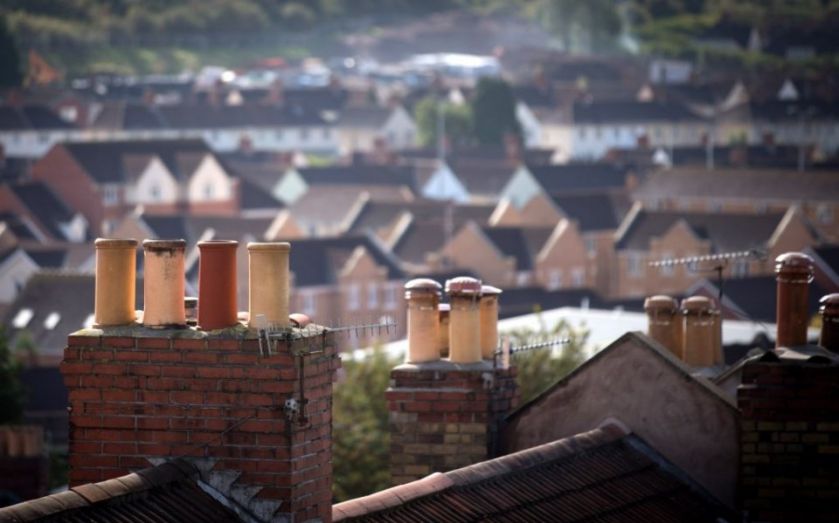Want a lower interest rate on your mortgage? Make it green and retrofit your home

Retrofitting our homes and making them energy efficient is the big housing challenge of the future. New ways of financing it are emerging, like green mortgages, writes Emma Harvey-Smith
“An Englishman’s home is his castle” is a proverb that goes back 400 years. While the majority of our homes might not go back to the 1600s, the UK has some of the oldest and least energy efficient homes in Europe, with buildings responsible for 23 percent of the UK’s annual greenhouse gas emissions.
Given 80 per cent of the buildings that will exist in the UK in 2050 have already been constructed, upgrading our existing stock is vital. It requires collaboration across industry, finance and the public sector – and using green finance tools that we already have at hand.
Our housing stock isn’t homogenous in either age or ownership. In England 8.8 million homes (36 per cent of the total) are owned outright, 6.2 million (28 per cent) are owned with a mortgage or loan, 4.8 million (19 per cent) are privately rented and 4.2 million (17 per cent) are socially rented.
Each sector faces unique challenges to retrofit, but there are three overlapping barriers that need to be broken down. Consumer demand for retrofit needs to be boosted. We need attractive financial solutions for energy efficiency upgrades, and we also need to expand and upskill the existing supply chain.
Consumers will be convinced only if they understand the real benefits of energy efficiency upgrades. Unlike a new kitchen, these are not always visible. But they’re hidden in cheaper energy bills, warmer homes and the increase in value. Research by Scottish Power and the WWF shows that installing an air source heat pump could add up to £8,000 to a home’s value, while solar panels could add up to £5,400.
To reach the government’s target of 600,000 heat pump installations a year, the number of installers will need to grow from 3,000 to at least 27,000 by 2028, according to Nesta. An education campaign to encourage gas engineers to retrain would be useful, to demonstrate there will be sufficient demand for these new services.
Consistent household demand will be vital to prompt new green finance solutions and crowd more public and private capital into energy efficiency. To bring more financial products to market, lenders need to be assured there is long-term demand.
One area where they see long-term demand is green mortgages. They have increased from 4 green mortgage products in 2019 to 60 today, in a rapid expansion. They offer a variety of incentives for customers to own an energy efficient home, including lower interest rates, cashback and the ability to borrow more. The next evolution will be mortgages that go beyond helping customers buy energy efficient homes, and support customers to improve the energy efficiency of their existing home.
Unlocking the £250bn of investment needed to retrofit our homes will require sustained innovation and a diverse mix of solutions. One is property linked finance, which would enable homeowners to fund up to 100 per cent of energy efficiency upgrades. It works by linking the finance for green upgrades to the home so, unlike a mortgage, the payment obligation transfers to the new owner at the point of sale.
This means the homeowner only pays for the energy efficiency measures while they live in the home, while the new buyer has a warmer, more efficient home which they make small regular payments towards. In the US – where this solution is known as “Property Assessed Clean Energy Financing” (PACE) – over $13.5bn has been invested in making 323,000 homes more energy efficient and creating 117,000 jobs.
Globally the built environment is responsible for close to 40 per cent of global emissions, so there is a pressing need to decarbonise buildings across the world. Lessons learnt in reducing domestic emissions will need to be shared across borders. The UK has an incentive in exporting its environmental expertise and strengthening its role as a leader in green finance, as this field will only continue to expand in the future.
